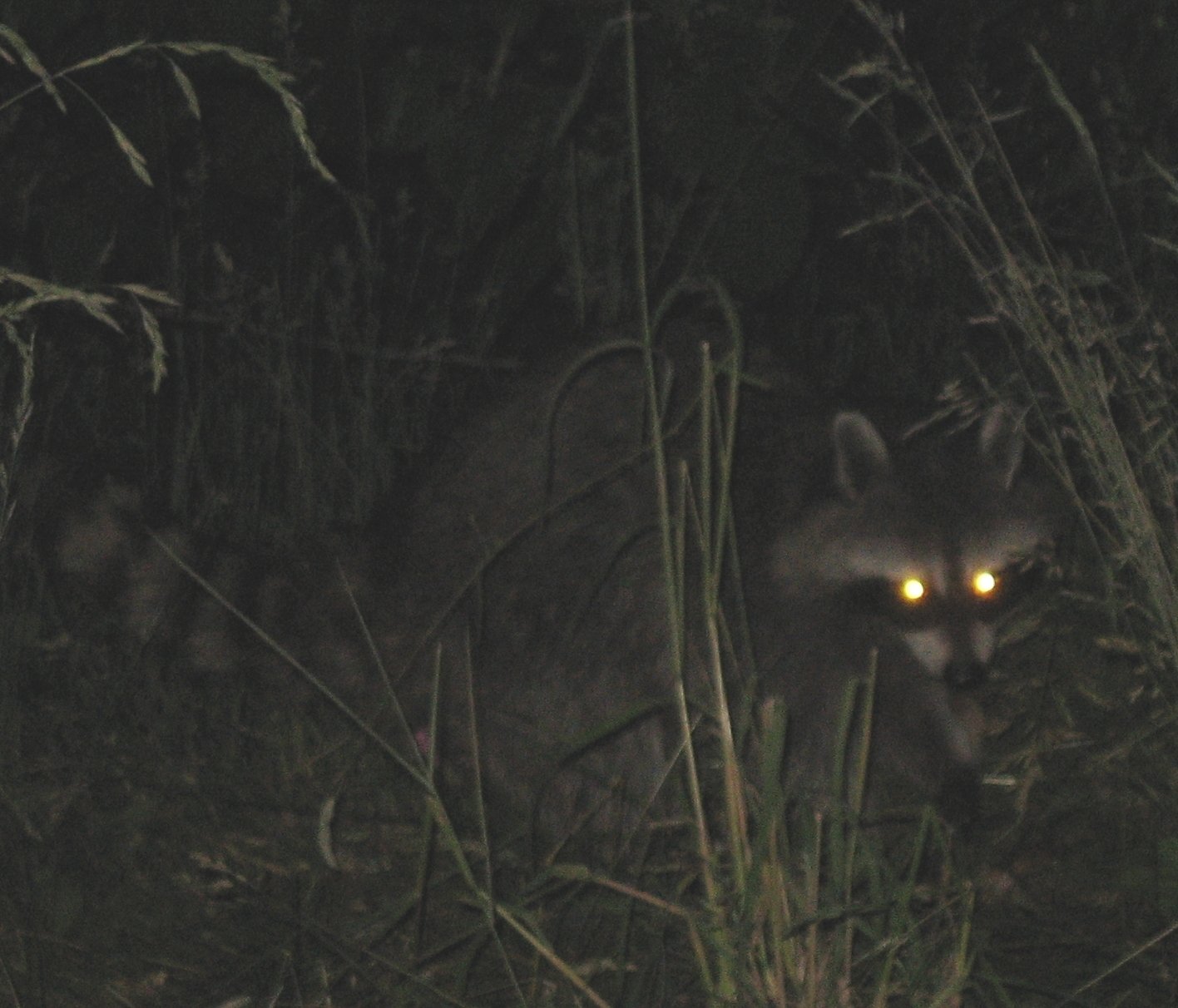Tracking Night Hunters: Techniques And Strategies For Observing Nocturnal Wildlife

Table of Contents
Choosing the Right Location and Time for Nocturnal Wildlife Observation
Successfully observing nocturnal wildlife begins with careful planning. Understanding animal behavior and selecting the optimal habitat are crucial for maximizing your chances of a successful observation.
Understanding Animal Behavior
Nocturnal animals are active at different times, depending on species, season, and environmental factors. Thorough research is essential.
- Consult resources: Consider local wildlife guides, online databases (like iNaturalist), scientific publications, and consulting with park rangers or experienced naturalists familiar with the region. They can offer invaluable insights into the local nocturnal wildlife and their habits.
- Moon phase matters: Different moon phases significantly affect visibility. A new moon provides near-total darkness, ideal for animals sensitive to light, while a full moon can illuminate the landscape, potentially making some species more visible but scaring others. Research the specific species you intend to observe and how moon phases influence their activity.
Selecting Optimal Habitats
Focus on areas known to support nocturnal wildlife. Consider factors like cover, food sources, and water availability.
- Habitat diversity: Forests, wetlands, grasslands, and even urban green spaces can all be home to various nocturnal animals. Research the habitat preferences of your target species.
- Signs of activity: Look for signs of animal activity, such as tracks, scat (animal droppings), scratch marks on trees, burrows, or feeding areas. These are strong indicators of a potential nocturnal wildlife hotspot.
Essential Equipment for Nighttime Wildlife Observation
The right equipment is crucial for safe and effective nocturnal wildlife observation. This includes night vision technology, infrared equipment, and other essential gear.
Night Vision Equipment
Night vision devices significantly enhance your ability to observe nocturnal animals in low-light conditions. Several types are available:
- Generation differences: Night vision technology is categorized into generations (Gen 1, Gen 2, and Gen 3), with each generation offering improved image quality, light amplification, and resolution. Gen 3 offers the best performance but comes at a higher price.
- Device selection: Choose a device based on your needs and budget. Monoculars are portable and affordable, binoculars provide a wider field of view, while scopes offer higher magnification for longer-distance observation. Consider the environment (dense forest vs. open plains) and the size of the animals you're targeting when choosing magnification and range.
Infrared Technology
Infrared (IR) cameras and illuminators detect heat signatures, providing a different perspective on nocturnal wildlife.
- Heat signatures: IR technology excels at detecting the heat emitted by animals, even in complete darkness, making it particularly useful for observing mammals.
- Cautious use: Bright infrared light can be disruptive to animals. Use IR cautiously and consider using passive IR detection methods whenever possible to minimize disturbance.
Other Necessary Gear
Beyond night vision and IR, other essential gear includes:
- Red-light headlamp: A headlamp with a red light setting preserves your night vision while providing illumination.
- Binoculars: Essential for daytime observation and can complement night vision equipment.
- Camera with telephoto lens: For capturing photographic evidence of your sightings, both during the day and with appropriate settings at night.
- Comfortable clothing: Layers are recommended to adapt to changing temperatures.
- Insect repellent: Essential, especially in warmer climates.
- First-aid kit: Always prepare for unexpected situations.
Techniques for Silent and Unobtrusive Observation
Approaching and observing nocturnal wildlife requires patience, skill, and respect. Minimizing your impact is paramount.
Approaching Wildlife Quietly
Stealth is key to successful observation. Avoid sudden movements and loud noises.
- Camouflage and scent: Wear camouflage clothing and try to stay downwind of animals to avoid detection through both sight and smell.
- Patience and observation: Approach slowly and deliberately, taking your time to observe your surroundings. Patience is rewarded with incredible wildlife encounters.
Using Cover and Concealment
Utilize natural cover and concealment to improve your chances of observing wildlife without disturbing them.
- Natural blinds: Trees, bushes, rocks, and other natural features can provide excellent concealment.
- Artificial blinds: Constructed blinds or hides offer additional concealment and comfort.
- Respectful distance: Maintain a respectful distance to avoid causing stress or disrupting the animals' natural behavior.
Ethical Considerations for Observing Nocturnal Wildlife
Ethical observation is critical to ensure the well-being of animals and their habitats.
Minimizing Disturbance
Responsible behavior is crucial for minimizing your impact on nocturnal wildlife.
- Avoid bright lights: Flash photography and bright lights are highly disruptive to nocturnal animals. Use only red light or low-light photography techniques.
- Leave No Trace: Follow Leave No Trace principles, packing out all trash and minimizing your impact on the environment.
Respecting Wildlife Habitats
Respect for wildlife habitats is essential for long-term conservation.
- Legal compliance: Be aware of any local regulations and restrictions regarding wildlife observation and access to specific areas.
- Habitat protection: Support conservation efforts to protect the habitats of nocturnal animals.
Conclusion
Tracking night hunters presents a unique opportunity to witness the fascinating world of nocturnal wildlife. By employing the techniques and strategies discussed above – including careful selection of location and time, utilizing appropriate equipment, maintaining stealth, and prioritizing ethical considerations – you can greatly increase your chances of successful observation. Remember to always prioritize the well-being of the animals and their habitat. So grab your night vision equipment, plan your expedition, and embark on an unforgettable adventure of observing nocturnal wildlife! Start planning your next nighttime wildlife observation today!

Featured Posts
-
 Thomas Muellers Bayern Legacy His Most Frequent Teammates
May 12, 2025
Thomas Muellers Bayern Legacy His Most Frequent Teammates
May 12, 2025 -
 Who Might Succeed Pope Francis Potential Candidates For The Papacy
May 12, 2025
Who Might Succeed Pope Francis Potential Candidates For The Papacy
May 12, 2025 -
 Asylum Seeker Claims Exemption From Inspectorates Legal Opinion
May 12, 2025
Asylum Seeker Claims Exemption From Inspectorates Legal Opinion
May 12, 2025 -
 The Truth Behind The Benny Blanco Cheating Rumors Impact On His Relationship With Selena Gomez
May 12, 2025
The Truth Behind The Benny Blanco Cheating Rumors Impact On His Relationship With Selena Gomez
May 12, 2025 -
 New Driver Development Program Rahals Scholarship Initiative
May 12, 2025
New Driver Development Program Rahals Scholarship Initiative
May 12, 2025
